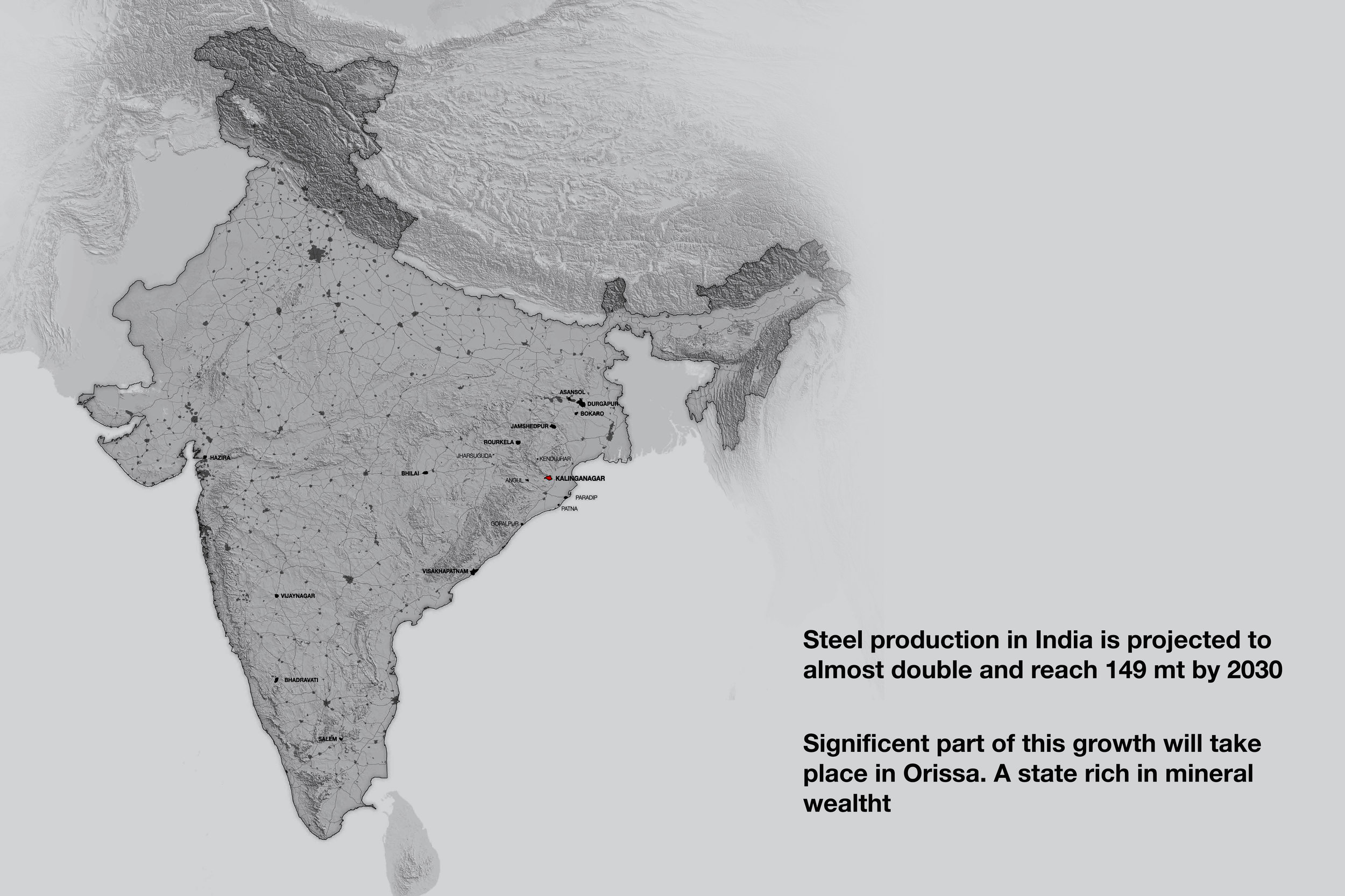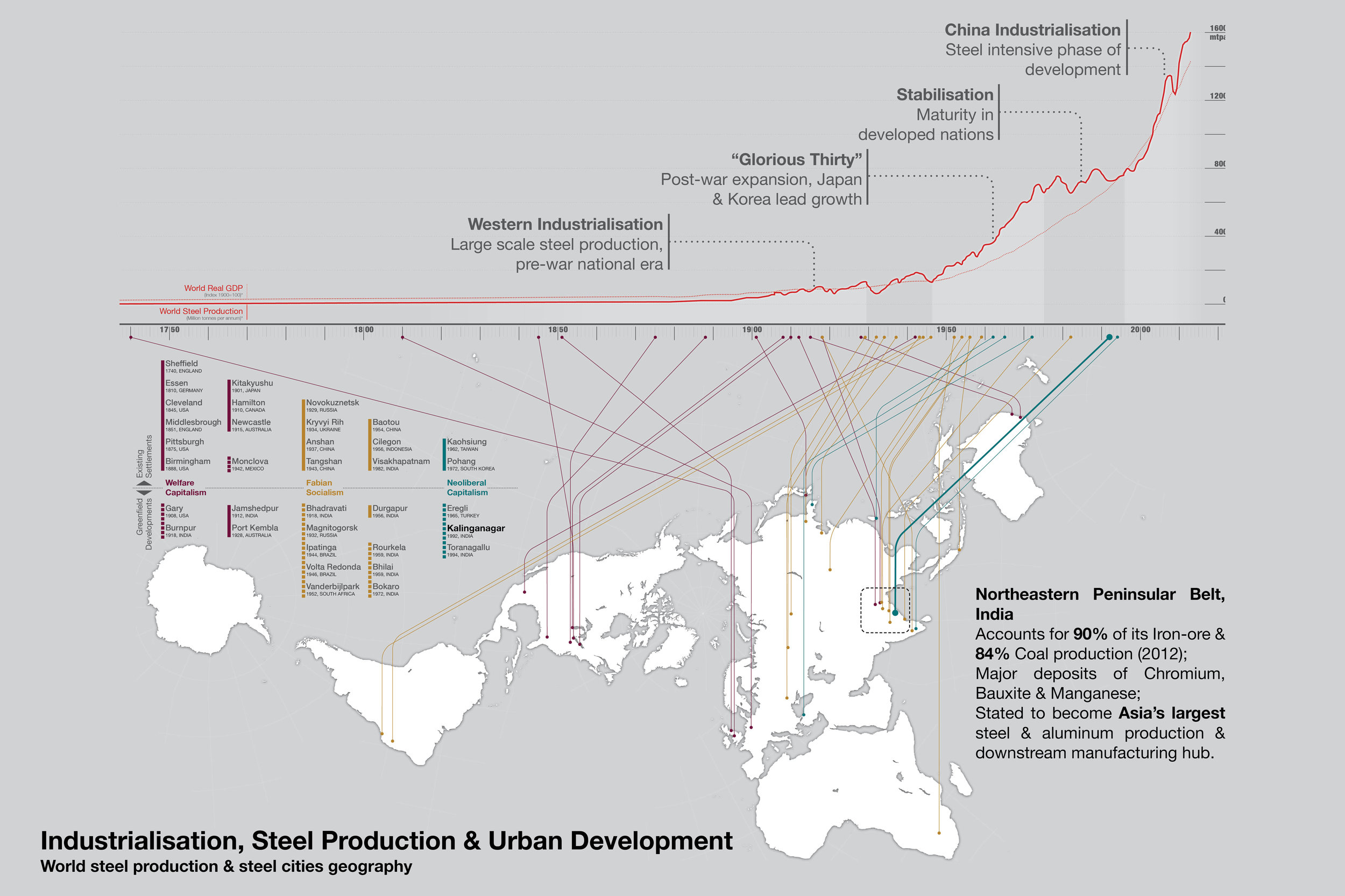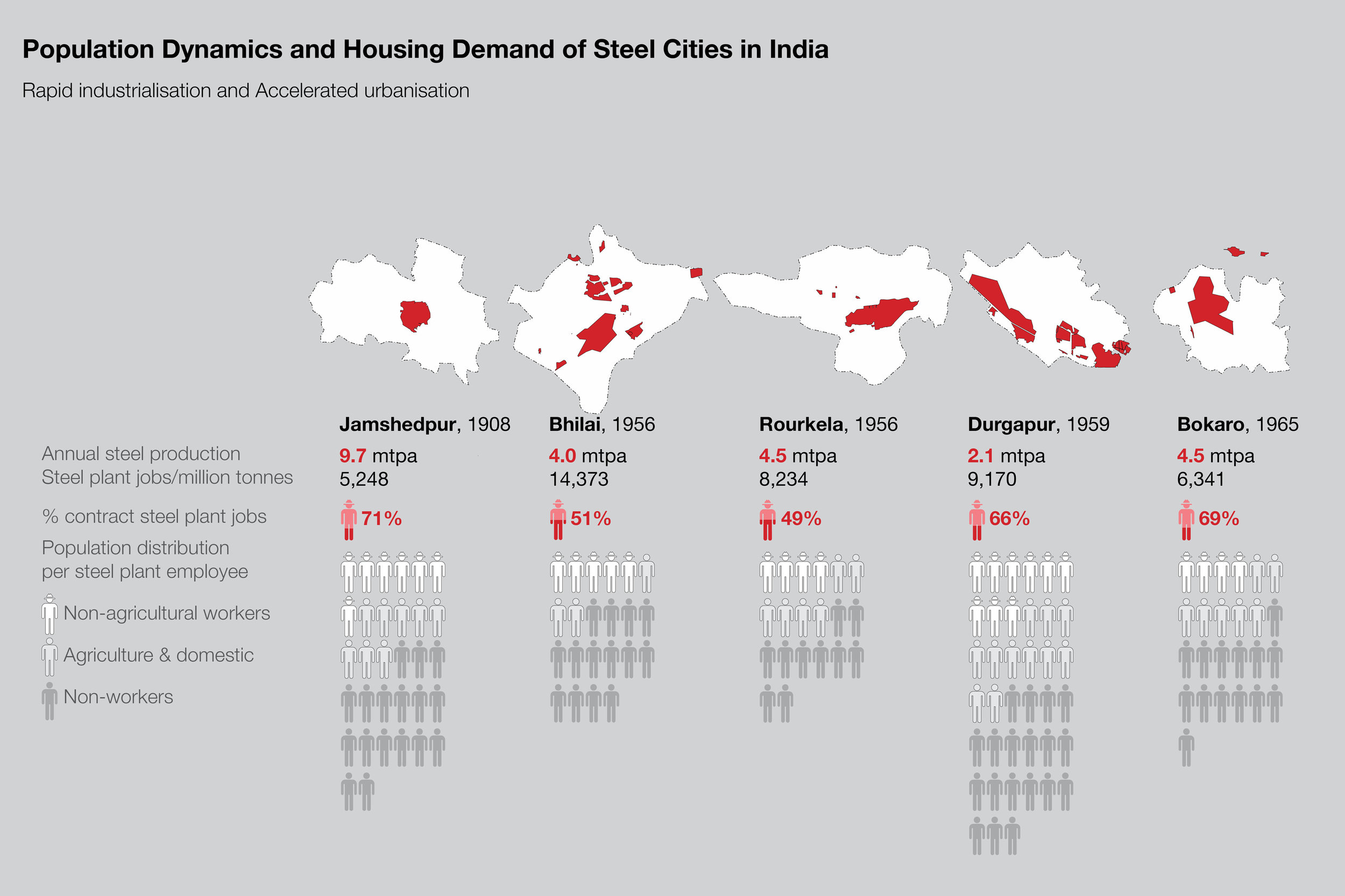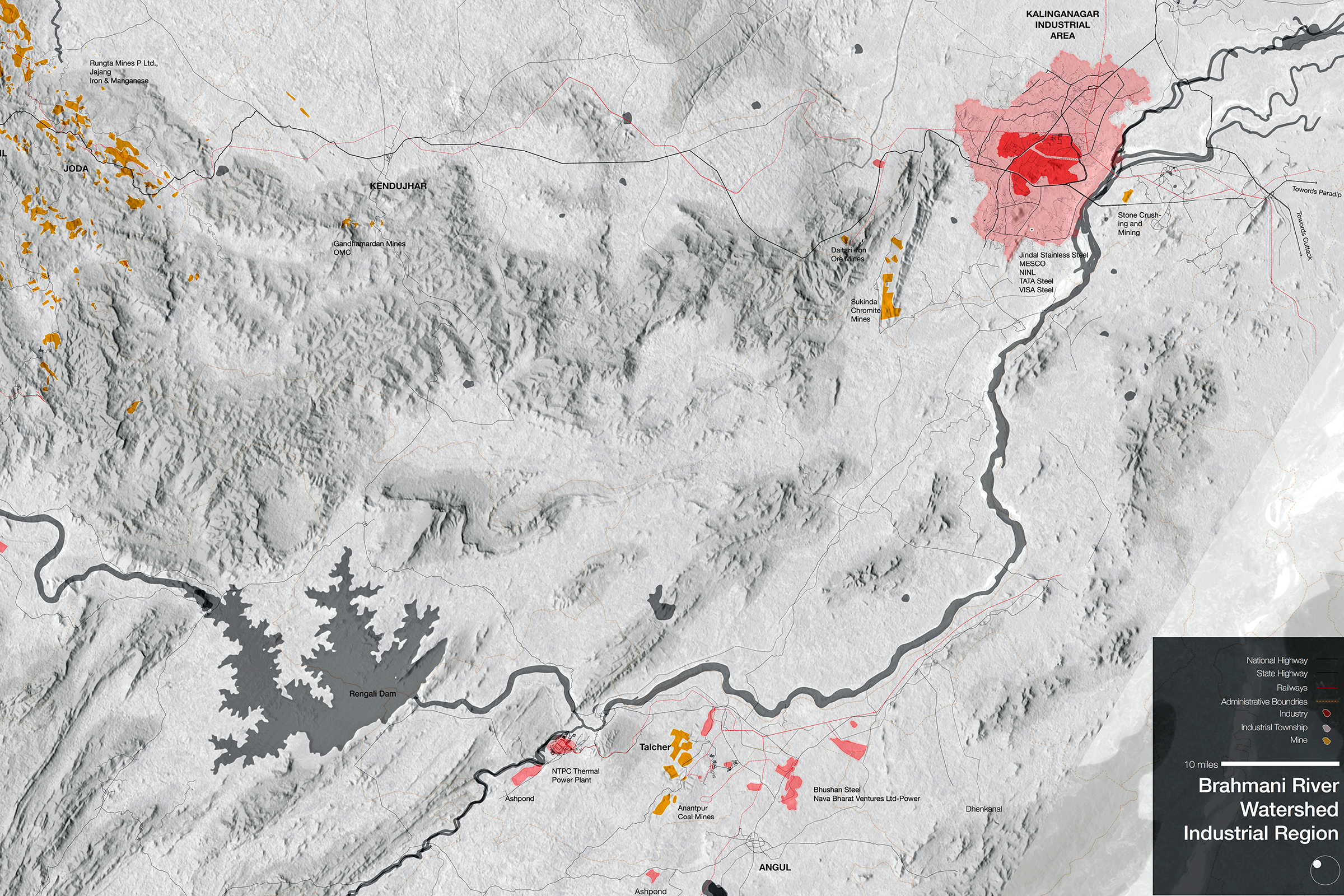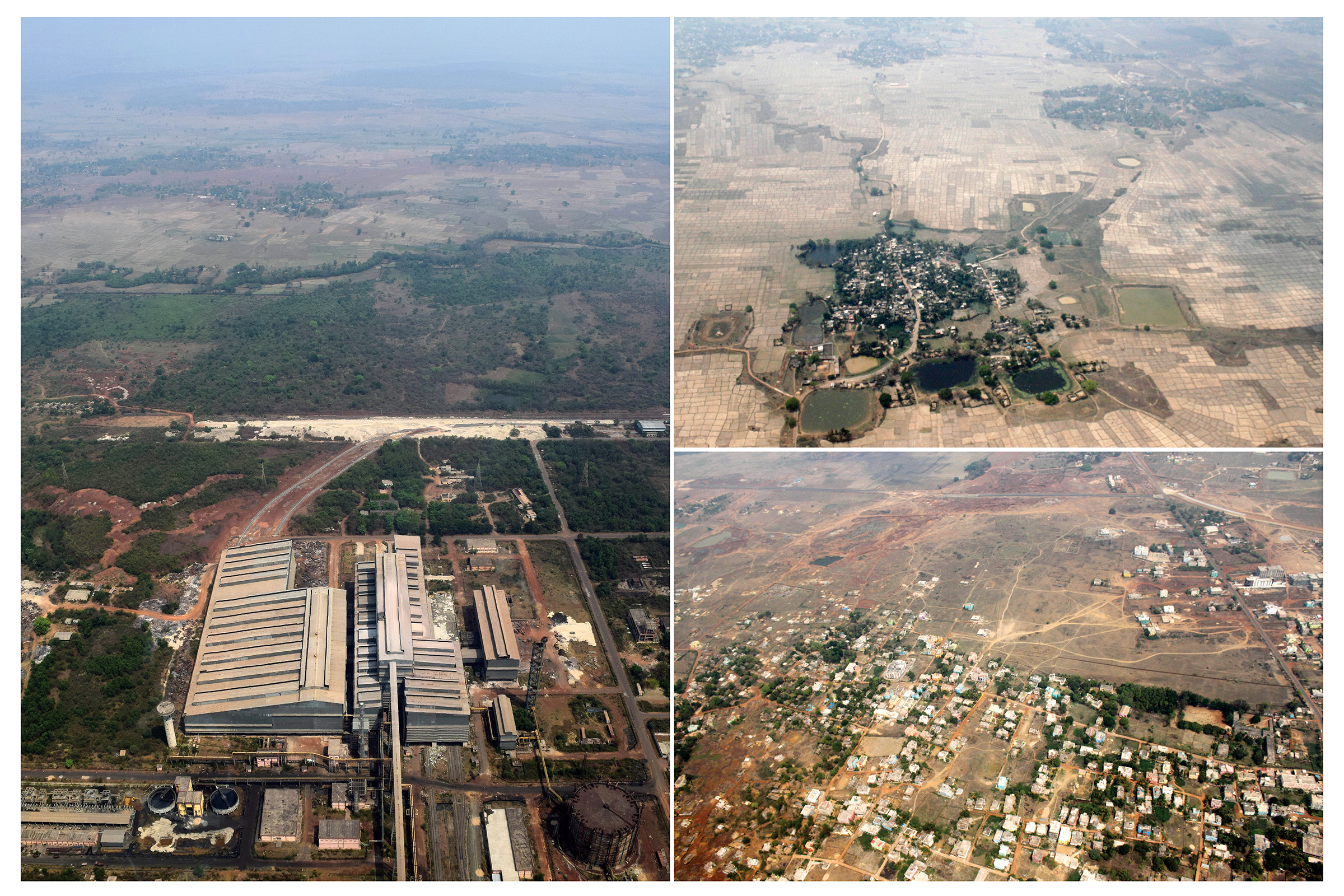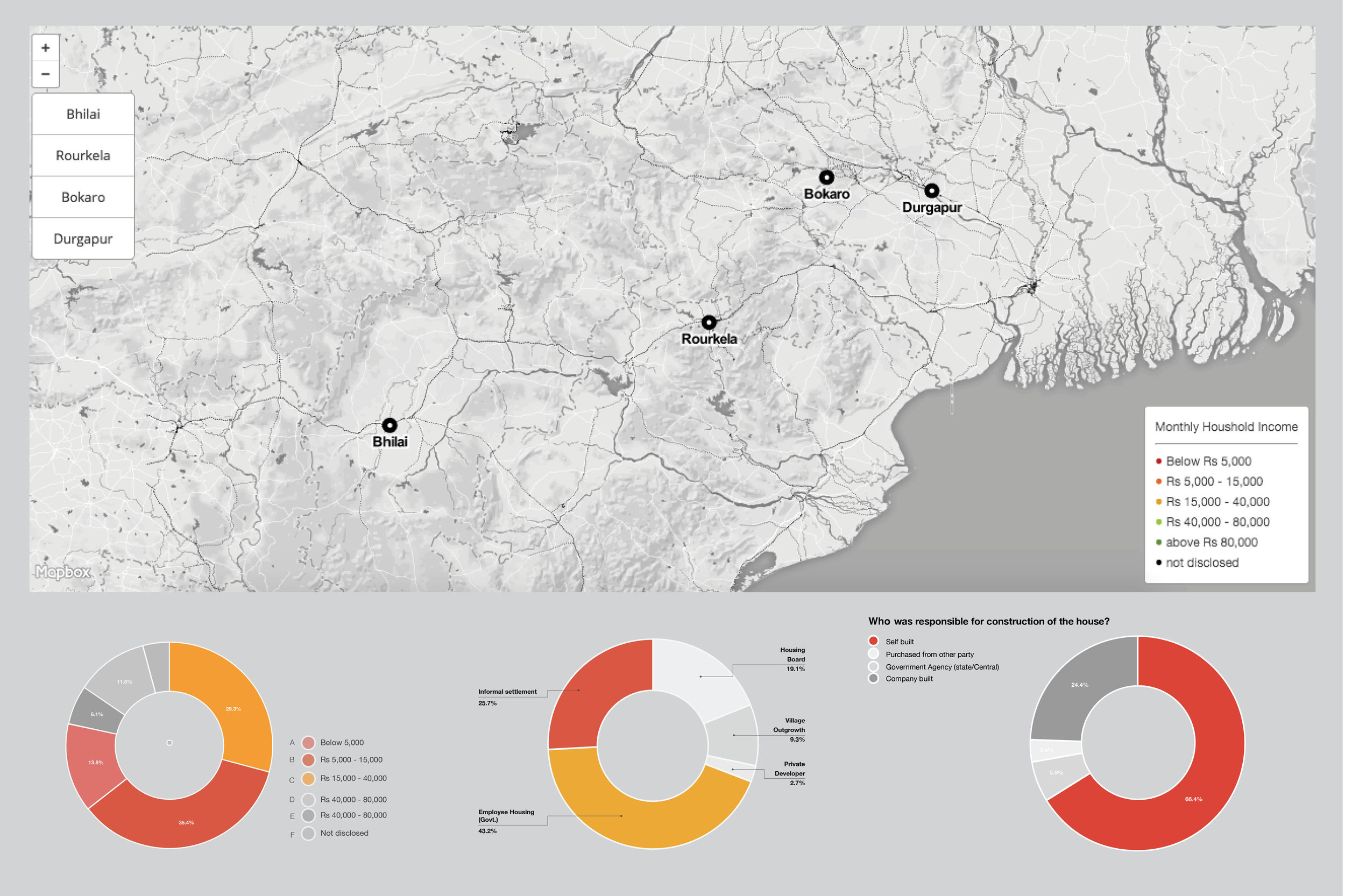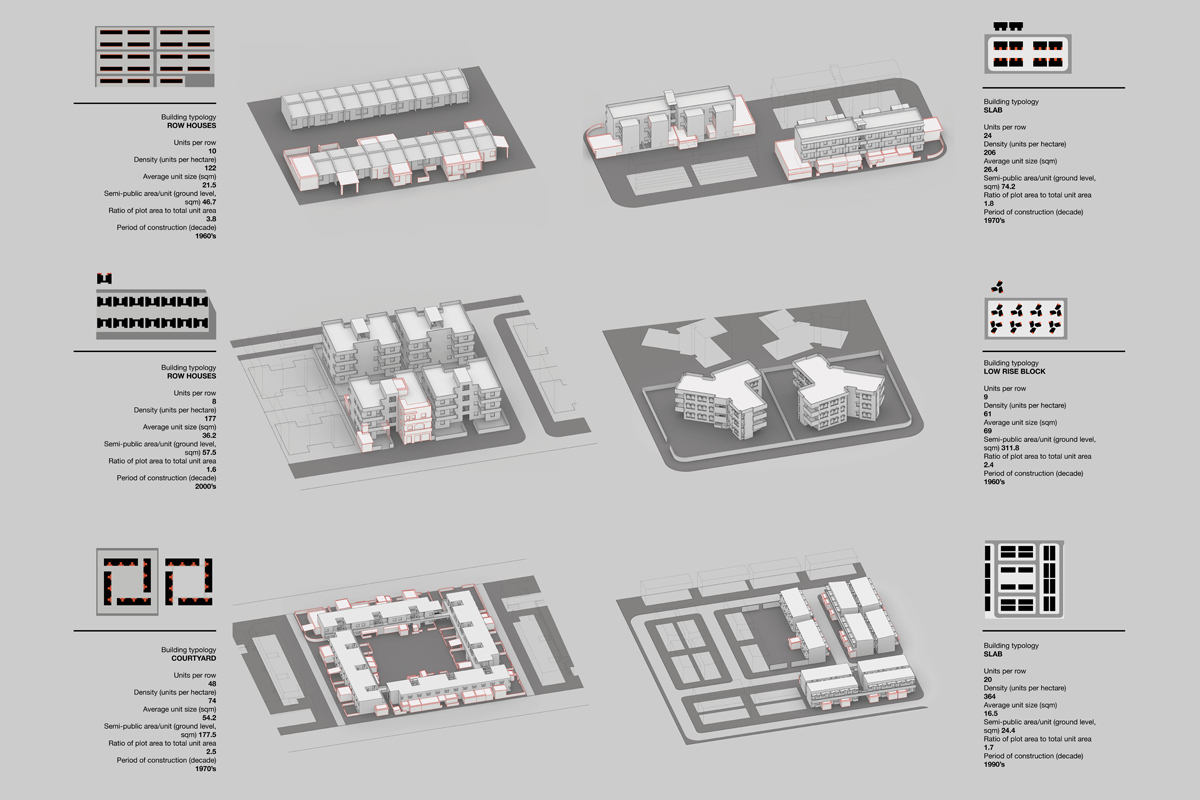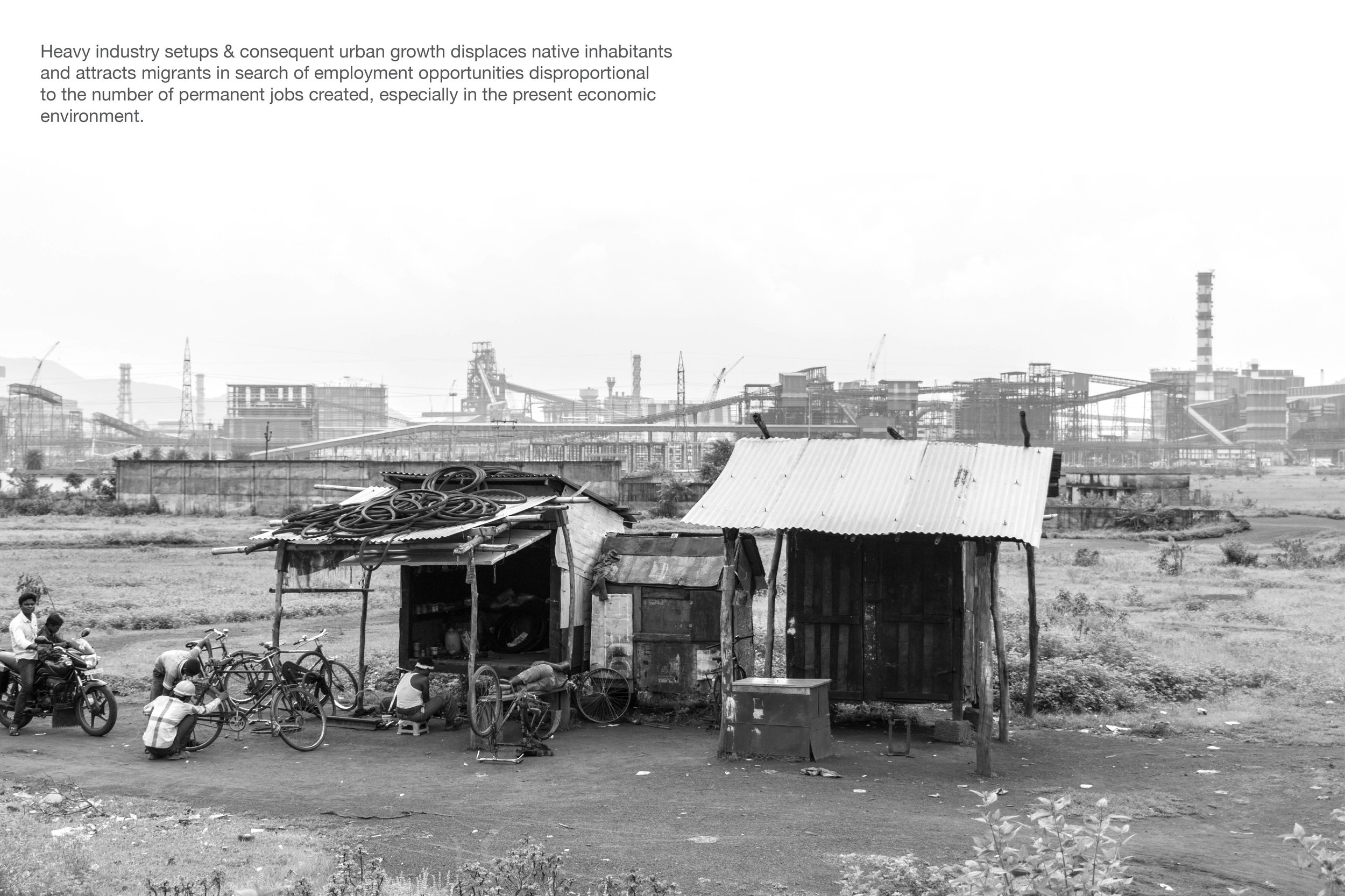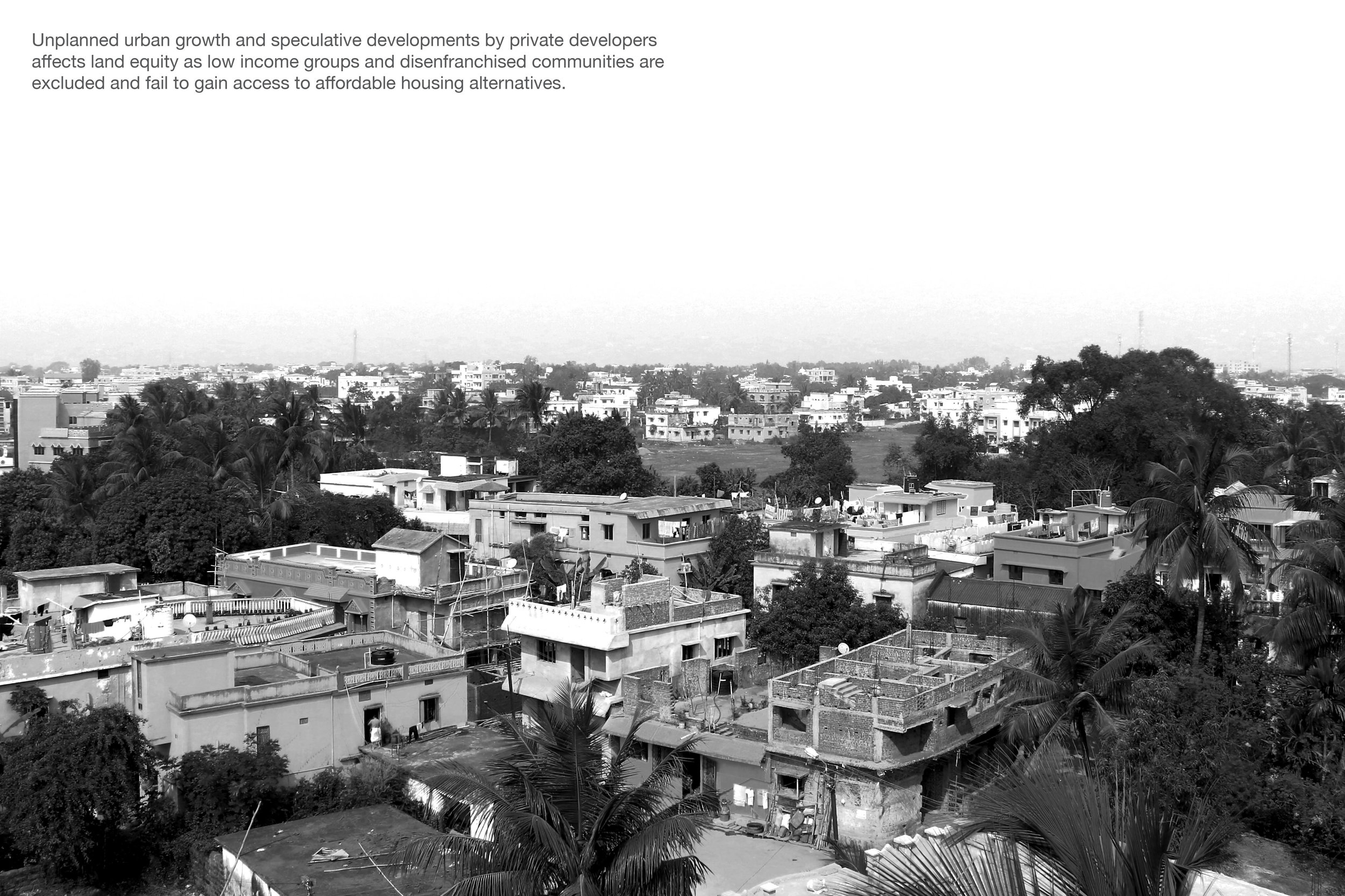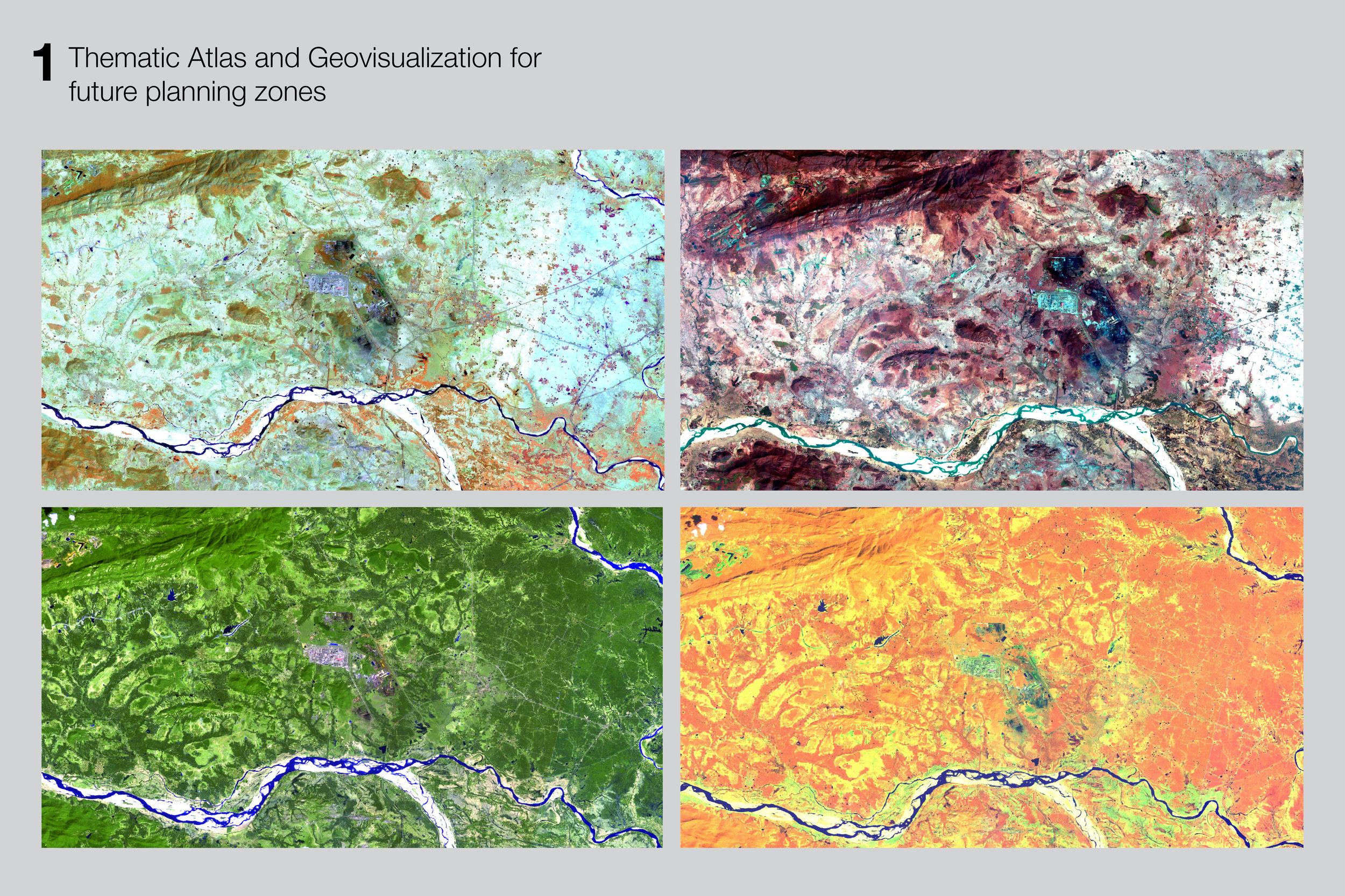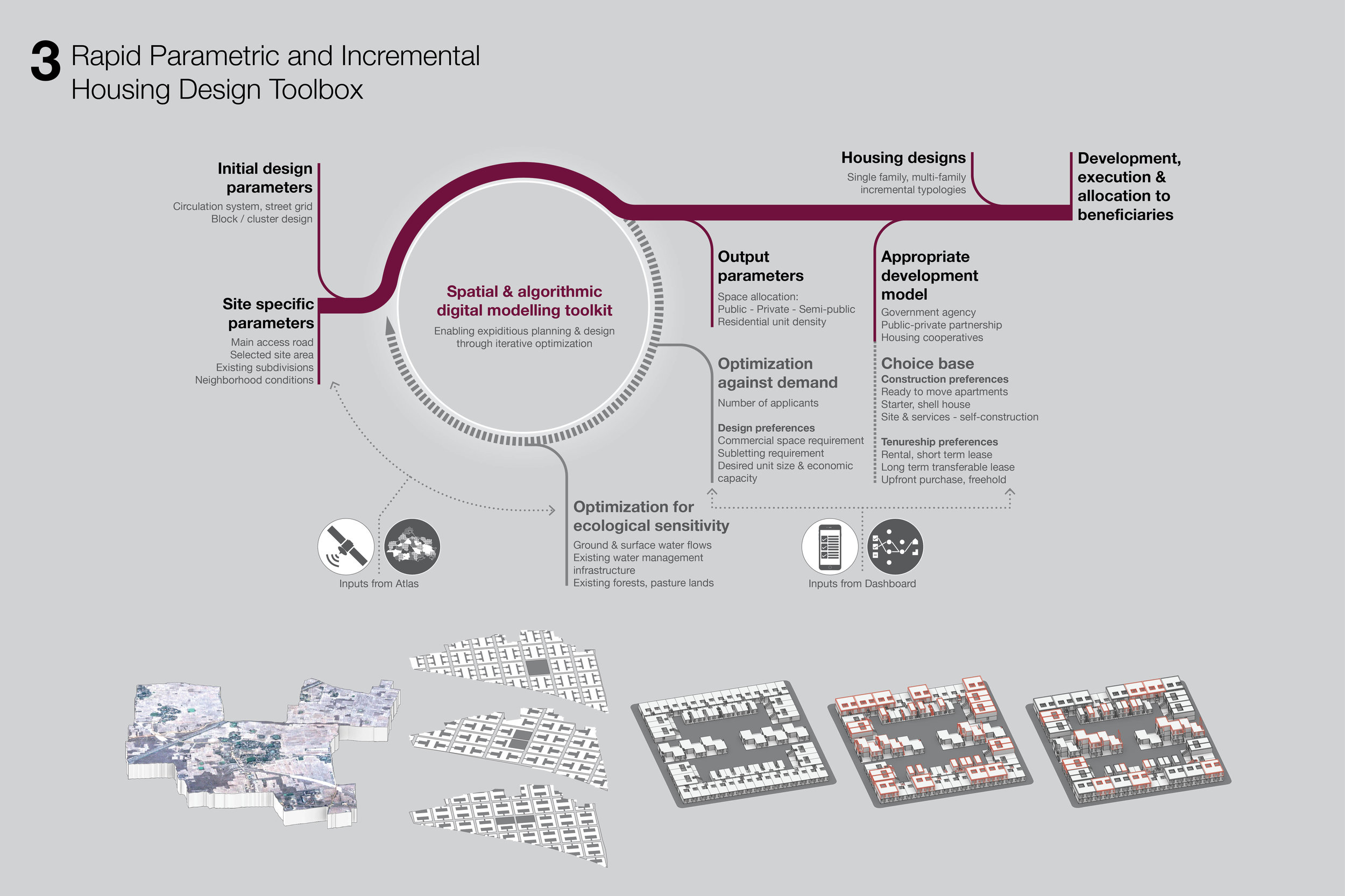Kalinganagar in Jajpur district of Odisha,India is set to be the steel hub of India, with a projected population upwards of half a million within next ten years. The rapid urbanization will bring new growth opportunities as well as a unique set of challenges. There will be a pressing need for affordable housing stock for low-income labor and the informal sector. This challenge calls for new models of affordable housing and social infrastructure that are inclusive and resilient.
Industrial development in Kalinganagar is also expected to experience rapid growth. The anticipated opening of the Tata Steel facility in 2015 and the expected expansion of that facility in the coming years are only a fraction of what will likely take place in this region. The planned growth of the industry will bring a number of challenges regarding urban planning, water management, transportation/logistics planning, pollution mitigation and general services for a growing population.
A key insight from the surveys undertaken in other steel cities was the lack of flexible housing options that could accommodate various income and social backgrounds. A high percentage of the population in industrial cities is in fact indirectly dependent on the industry and is self-supported through engagement with tertiary sector. Conventional housing types of uniform apartments are unsuited for a large portion of this social segment. Steel cities without such options exhibit vacant employee housing on one hand and high instances of slum development on other. Kalinganagar already exhibits a similar trend as other steel cities of a supply-side mismatch between the existing housing stock and the needs and requirements of the in-migrating population, contract labor force and the urban poor within the domain of affordable housing.
In order to achieve the objective of equitable & inclusive development through access to diverse housing types, the project proposes:
1. A Geovisualization and Socio-economic atlas for proactive planning and policy.
2. A ‘dashboard’ in the form of a decision making tool for the local development authorities
3. Parametric Design Strategies that are conducive towards rapidly developing incremental and diverse housing stock.
Publications
Contributors
Miho Mazereeuw, Aditya Barve, Mayank Ojha
Partners
Dr. Richard Roth - Director, Material Systems Lab, MIT
Macauley Kenny - Graduate Researcher, Technology and Policy Program

